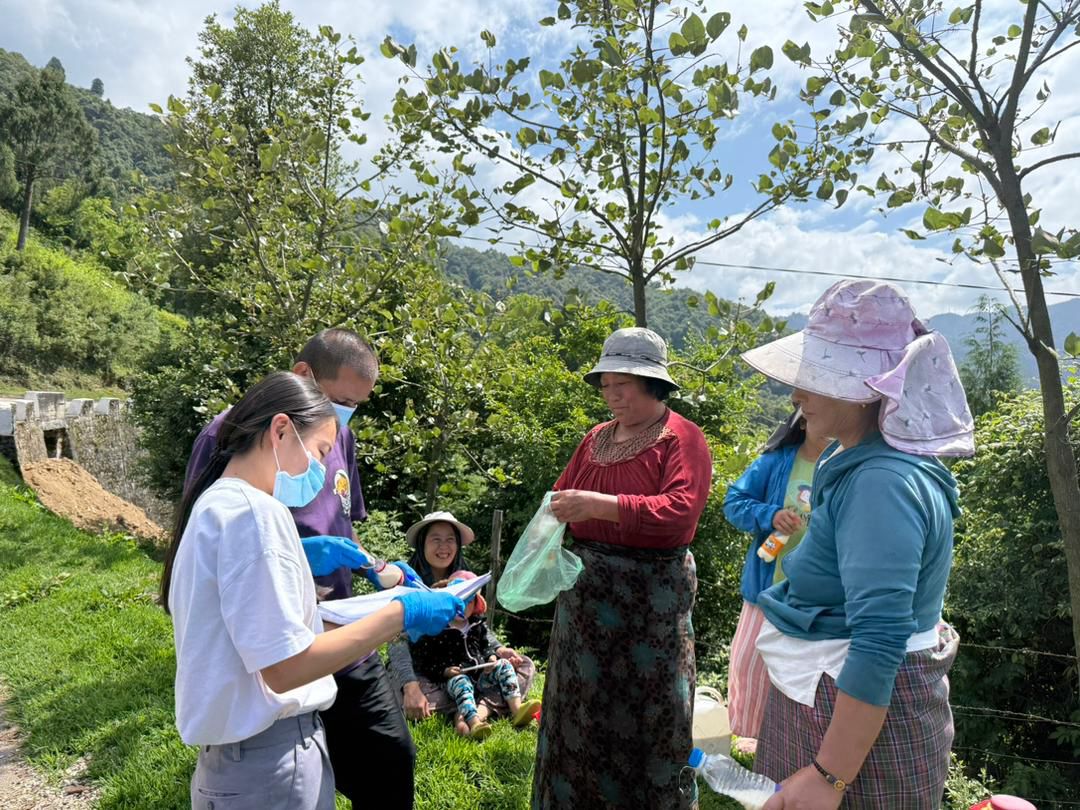MICROBIOLOGICAL QUALITY OF RAW MILK IN THE WESTERN AND WEST CENTRAL REGIONS OF BHUTAN
Keywords:
MBRT, Microbial quality, Quality standards, Raw milk, SCC, TPCAbstract
Abstract: The study aimed to evaluate the microbiological quality of raw milk in western and west-central regions of Bhutan, including Somatic Cell Counts (SCC) and the Methylene Blue Reduction Time (MBRT) test to form a basis for establishment of milk quality standards. A total of 704 individual raw milk samples and 122 bulk raw milk samples from Milk Processing Units (MPUs), Milk Collection Centres (MCCs) and milk collection sheds were tested for Total Plate Count (TPC), with random samples analyzed for SCC and MBRT. The findings indicated high microbial loads in the raw milk, with only 2.35% and 1.31% of the western region samples, and 27.33% and 21.43% of west-central region samples, complying with EC criteria for processing and consumption, respectively. Whereas, for bulk milk, none from the western region met European criteria, while 7.14% from the west-central region complied with processing criteria. The highest proportion of raw milk was observed as “bad” grade in the western region while raw milk in the west-central region was of “very bad” grade, indicating high microbial loads. For SCC, 72.09% (western) and 70.59% (west-central) of individual samples were found below 2×10⁵ cells/mL, meeting EU safety standards while only 40.23% in western and 57.58% of bulk samples in west-central regions were deemed safe for direct human consumption. Thus, it is suggested that wider adoption of clean milk production practices, prompt chilling and transport below 7°C and effective pasteurization are considered prerequisites to improve the microbial quality of raw milk. Additionally, setting of milk quality standards in the country is recommended which could aid in the improvement of milk quality.

Downloads
Published
License
Copyright (c) 2025 BJAS

This work is licensed under a Creative Commons Attribution 4.0 International License.





